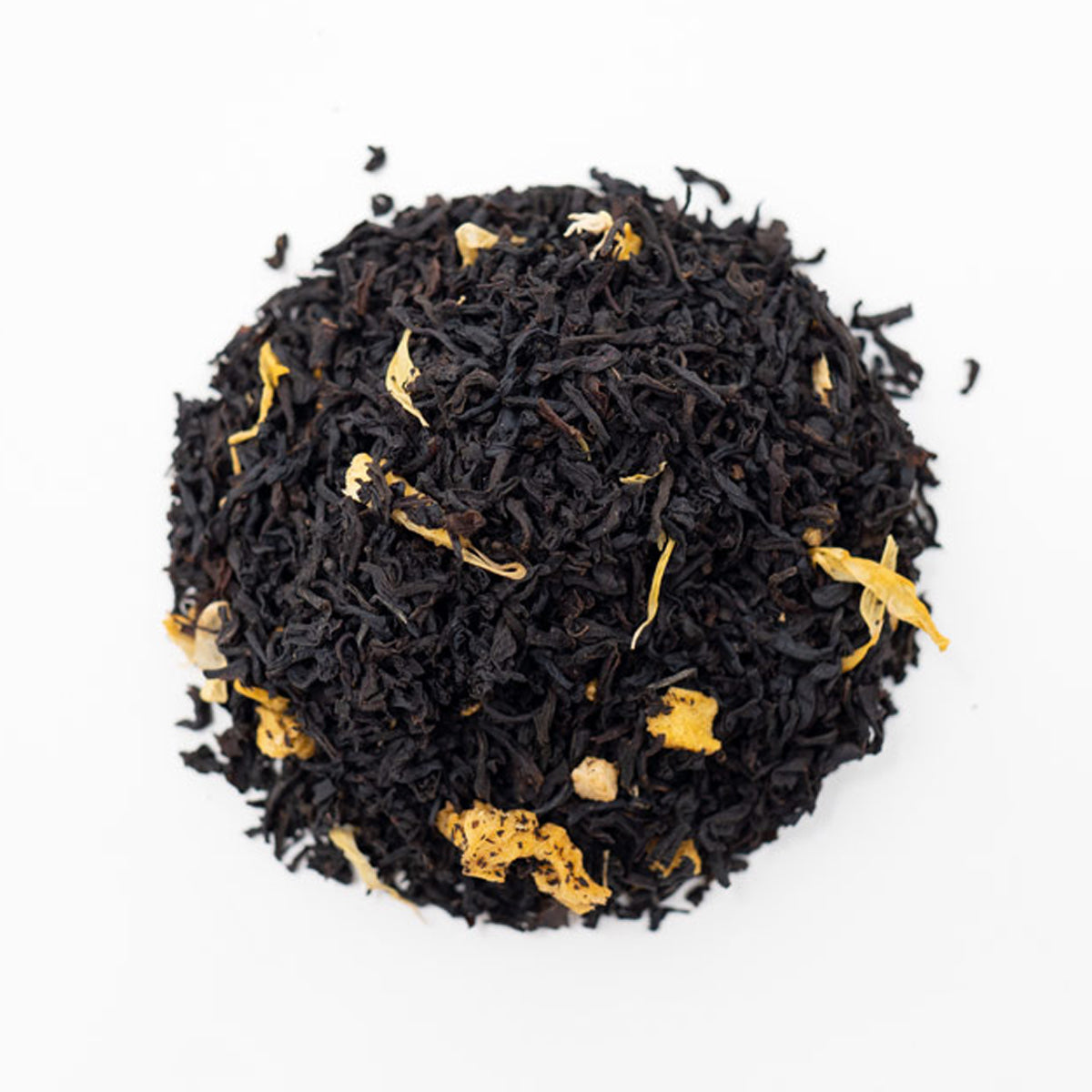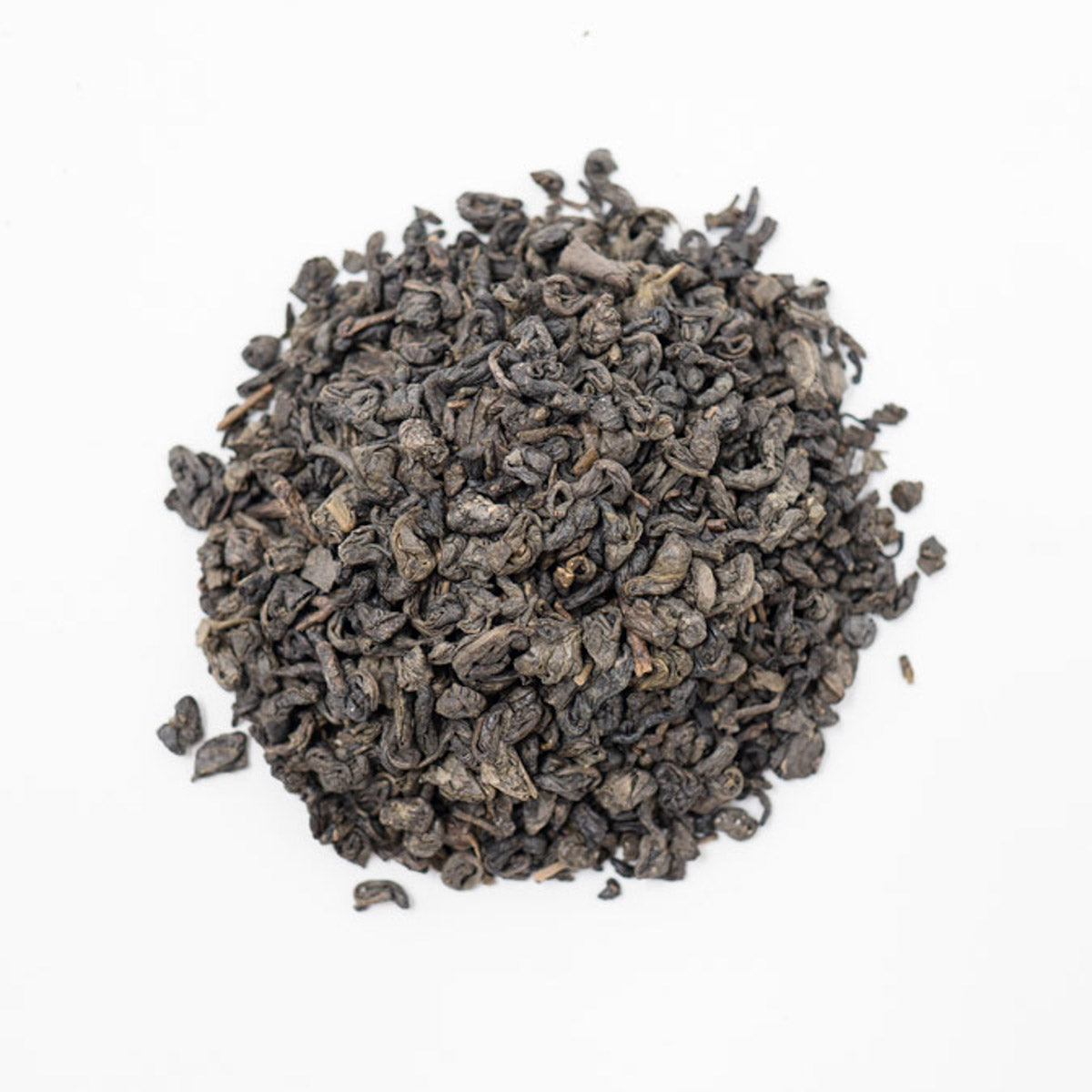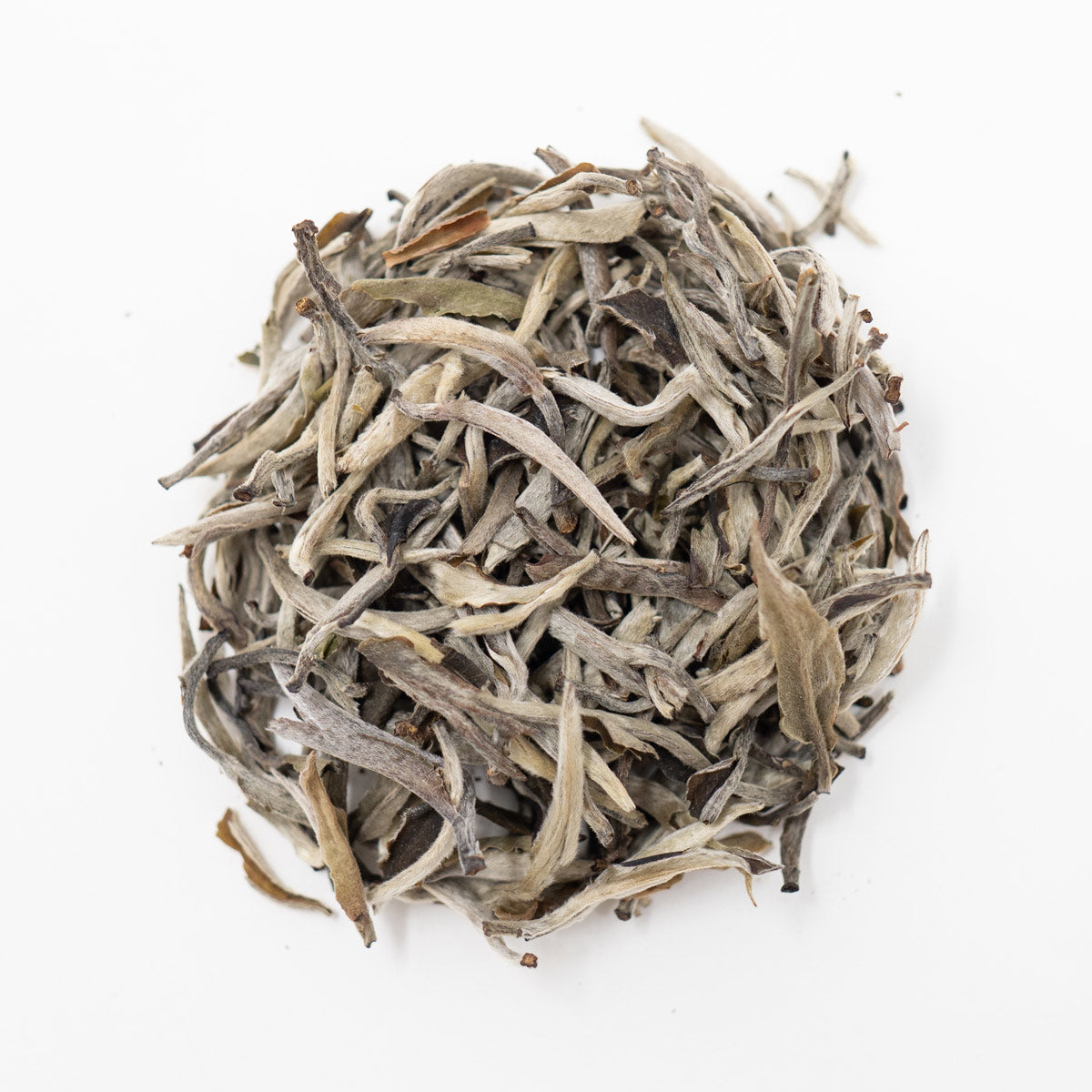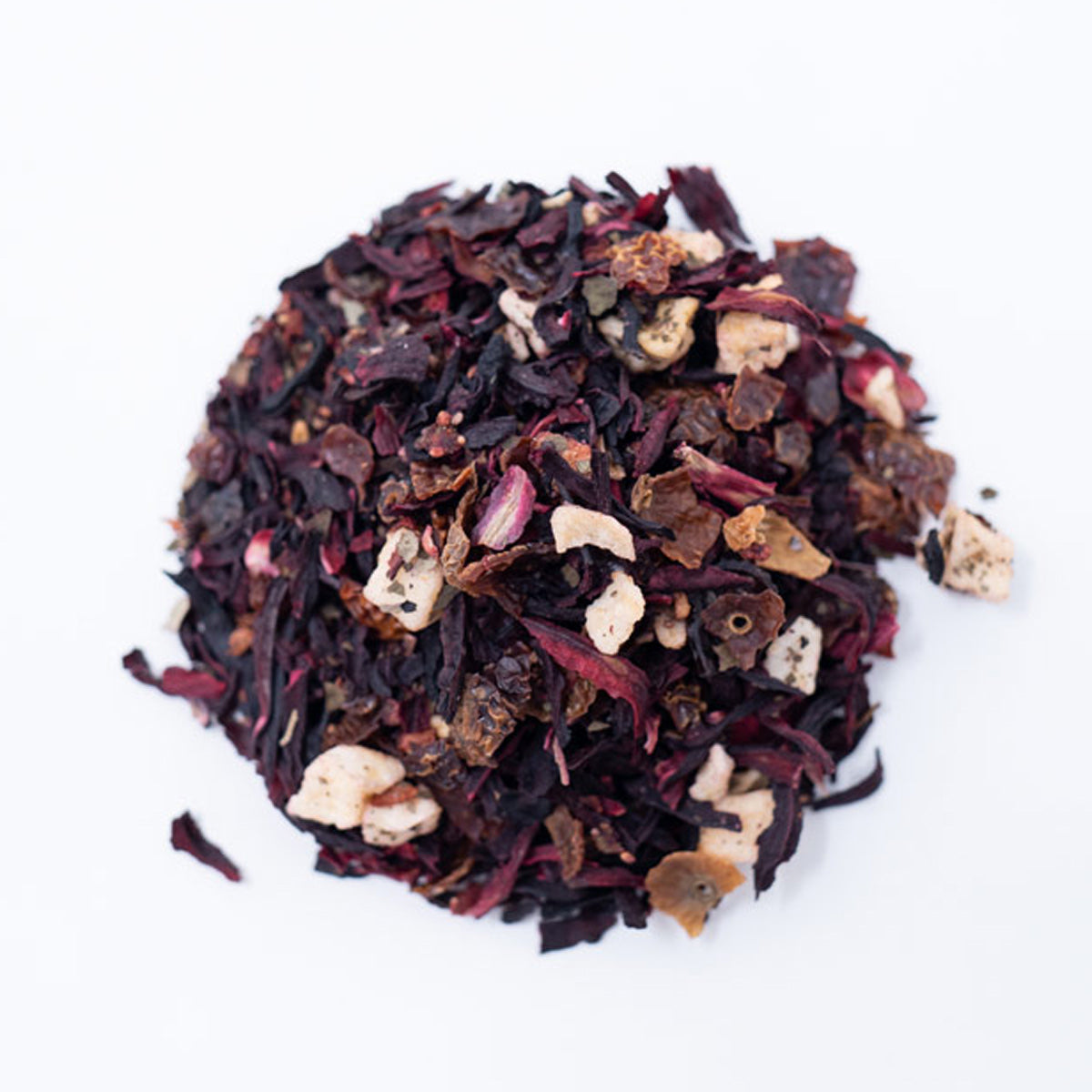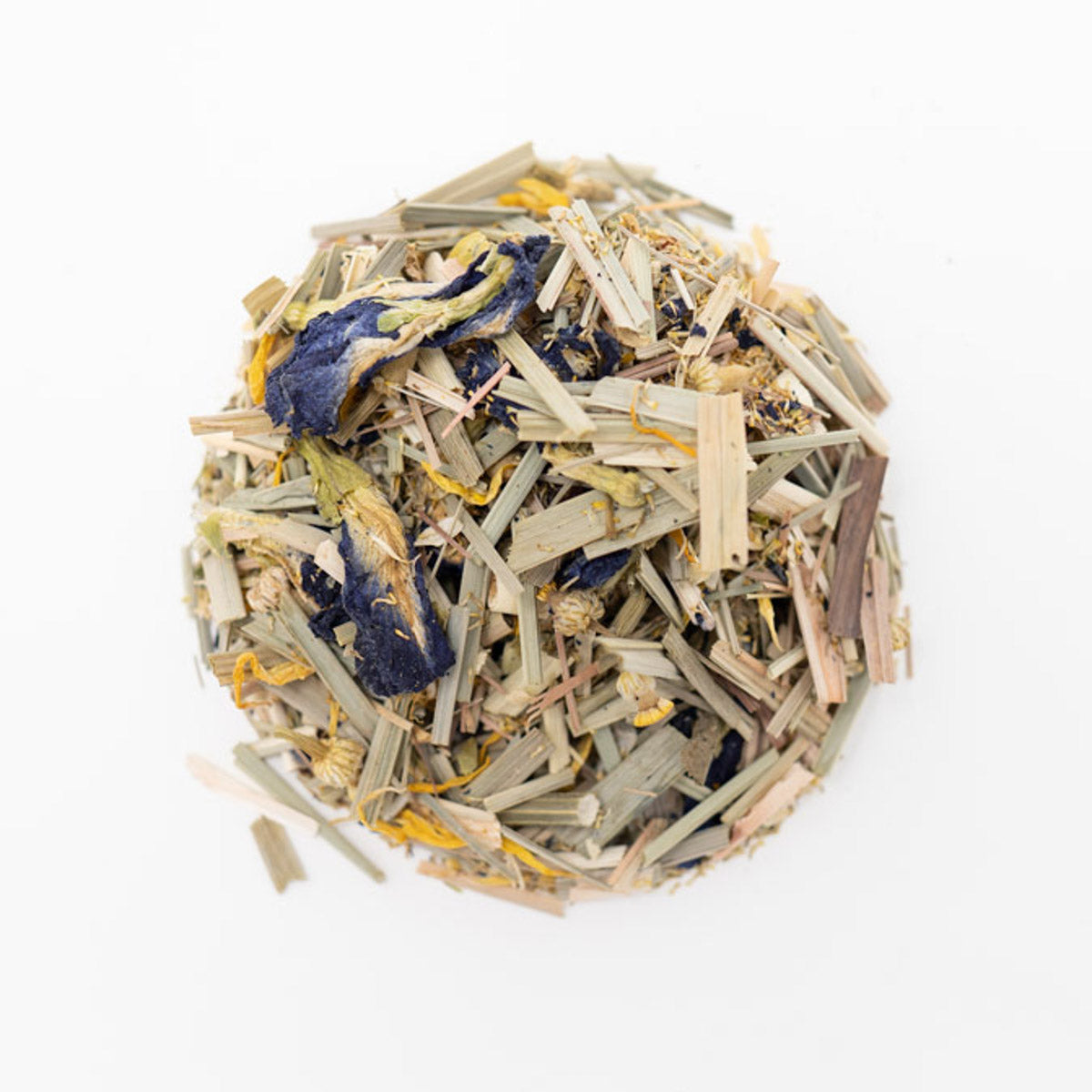Yerba Mate 101 | History, Processing, Flavor, and Health Benefits
History
According to South American legends, a magical tree once grew in the rainforest. This enchanted plant possessed the power to unite and energize those around it. This tree, a species of holly, is called the Llex Paraguariensis. It is native to the Atlantic coastal countries of South America including Paraguay, Argentine, and Brazil. The Llex Paraguariensis also happens to be the plant that produces Yerba Mate tea.
Yerba Mate is a unique contender in the tea industry because while it is still considered a herbal tea, it is highly caffeinated. Its high caffeine levels are compared to that of coffee rather than that of tea.
Processing
When Yerba Mate is harvested, it is a meticulous process. The leaves are hand-picked by people called yerbateros. Many yerbateros are shareholders in small tea farms or members of indigenous communities where the Yerba Mate plant is native. Following harvesting, the tea leaves are dried and ground. Traditionally, it is then brewed in a gourd. This gourd is seen as a sentimental object in many cultures where Yerba Mate is traditionally enjoyed, as the container is known to be a sign of friendship and bonding.
Flavor
Yerba Mate has a fresh, earthy, aroma that is often compared to pu-erh tea. Its complex flavor profile includes notes of eucalyptus and sometimes sweeter notes of lemon or honey. It tends to be a bit bitter by itself, but some people enjoy that bitterness. Other times, Yerba Mate is added to tea blends to balance out sweeter ingredients and offer a unique taste.
Health Benefits
Like many of our favorite teas, Yerba Mate is packed with rich nutritional plant compounds. Some of these include xanthines, compounds that act as stimulates inducing caffeine; caffeoyl derivatives and polyphenols, compounds containing antioxidants; and saponins, compounds with anti-inflammatory and cholesterol-lowering properties. The xanthines and caffeine found in Yerba Mate can help stimulate your brain, heart, and muscles in addition to potentially supporting memory and metabolism. In some cases, these compounds also help combat headaches and fatigue.
Yerba Mate also contains a handful of micronutrients, which are the common vitamins and minerals that your body needs to survive. Some of the micronutrients found in Yerba Mate include Vitamin B6, Vitamin C, calcium, iron, magnesium, manganese, phosphorus, potassium, riboflavin, and thiamine. These micronutrients, in addition to the tea’s antioxidant and anti-inflammatory properties, can potentially help reduce infections and lower the risk of certain health concerns including heart disease and high blood sugar.
As always, make sure to consult your doctor if you have health concerns. While tea is a fantastic source of nutrients, it can’t support your diet or health issues alone.
